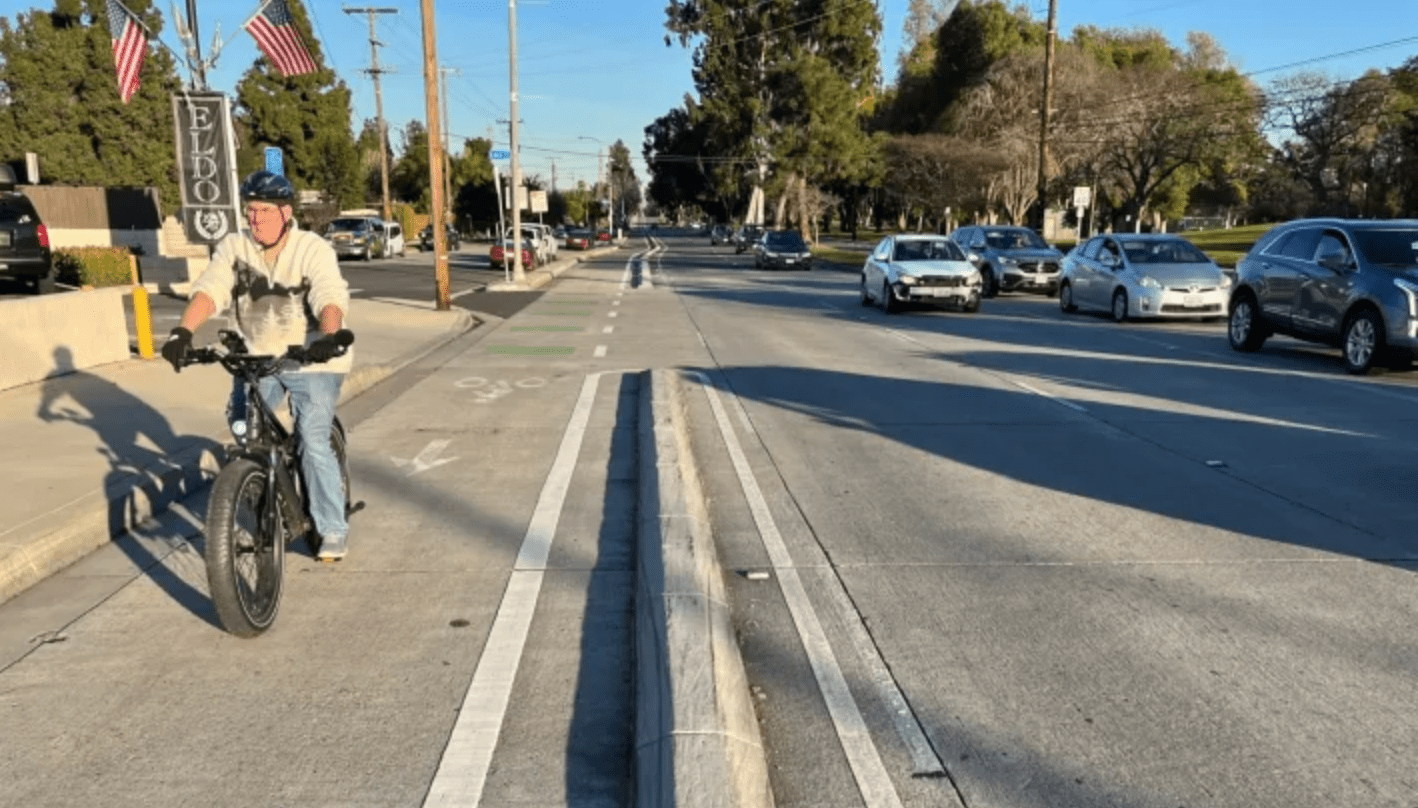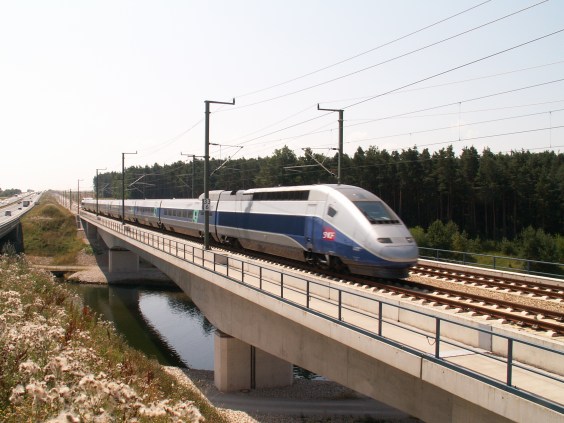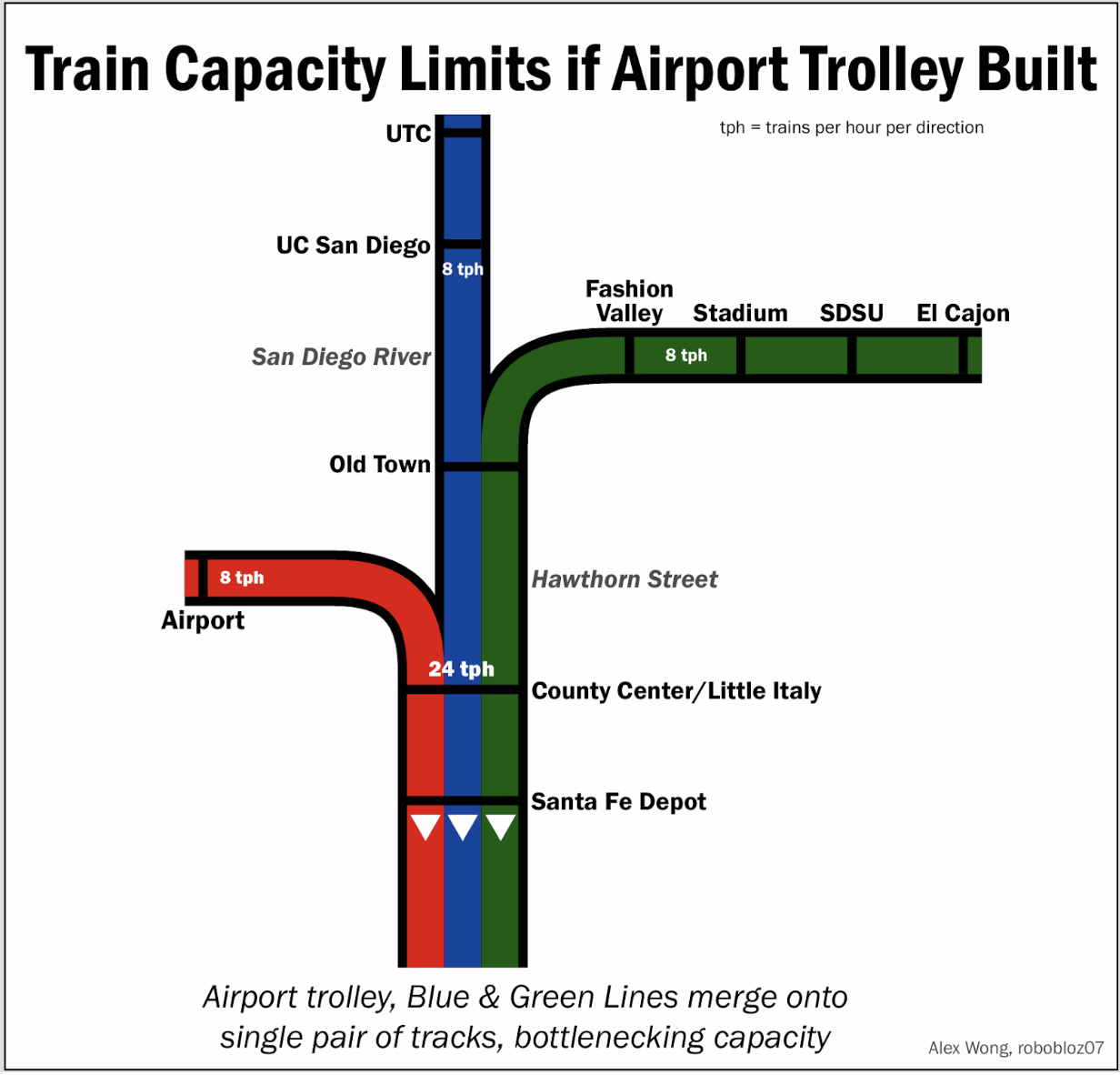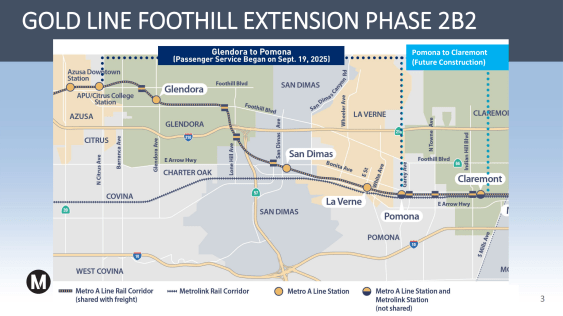
For a long time, apartment buildings with ground-floor retail were the building blocks of America's cities and towns. Combining housing and commercial uses is also essential for walkability and affordability, enabling people to travel shorter distances for their daily routines and get around without driving. But in most of the country today, it's practically impossible to build or reinvest in this type of housing.

A major obstacle is federal lending standards. The Federal Housing Administration, HUD, Fannie Mae, and Freddie Mac all limit the share of commercial space in residential projects eligible for federal loans. These standards, in turn, dictate which projects are viable in the private real estate finance market.
The upshot is that it's very difficult to build or rehab low- and mid-rise mixed-use housing projects. Federal standards not only limit the supply of new mixed-use housing, but also prevent lending in distressed neighborhoods suffering from disinvestment, many of which are in cities or inner suburbs filled with older building types that don't conform to the single-use model the financial industry is accustomed to.
Last week, the Federal Housing Administration proposed new lending standards for mixed-use condominium development, but experts say they don't go far enough. (You can comment on the proposed rule until November 28.)
Under current rules, FHA loans are available for mixed-use condo projects where the commercial component is 50 percent or less of the floor space. The agency may now lower that ratio to 20 percent or raise it to 60 percent, depending on what it thinks the market will support. FHA notes in its press release, however, that "in the near term" it probably won't allow a ratio higher than 50 percent, in order to protect the "residential character" of condo projects.
John Norquist, former president of the Congress for New Urbanism, said 60 percent would be an improvement, but he thinks the feds should stop playing guessing games about what mix of commercial and residential will make projects viable. "I just wish they would focus on underwriting standards that are more directly related to creditworthiness of the individual," Norquist told Streetsblog via email.
While it's somewhat encouraging that FHA is at least reconsidering its rules for condo projects, a bigger issue is the restrictions for rental buildings, said Richard Oram, a small-scale philanthropist who advocates for reforming federal lending standards. Current rules limit federal financing for multi-family rental buildings to projects with less than 35 percent of the space devoted to commercial uses.
That means rental buildings may need to be 10 stories high to qualify, if they have a storefront on the ground level. Smaller developers often can't deliver at that scale. Cities end up with big developers building big projects, according to a recent report from the Regional Plan Association. Areas suited to low-rise or mid-rise mixed-use projects lose out.
Rising rents in walkable areas indicate that mixed-use rental housing is not the risk that federal rules make it out to be, said Oram. But if federal regulators refuse to sanction these projects, that exacerbates the shortage and the affordability problem.
"You shouldn’t have to meet these arbitrary formulas to get through the gate," he said. "They think it makes it simpler, but it doesn’t produce what the market wants."





